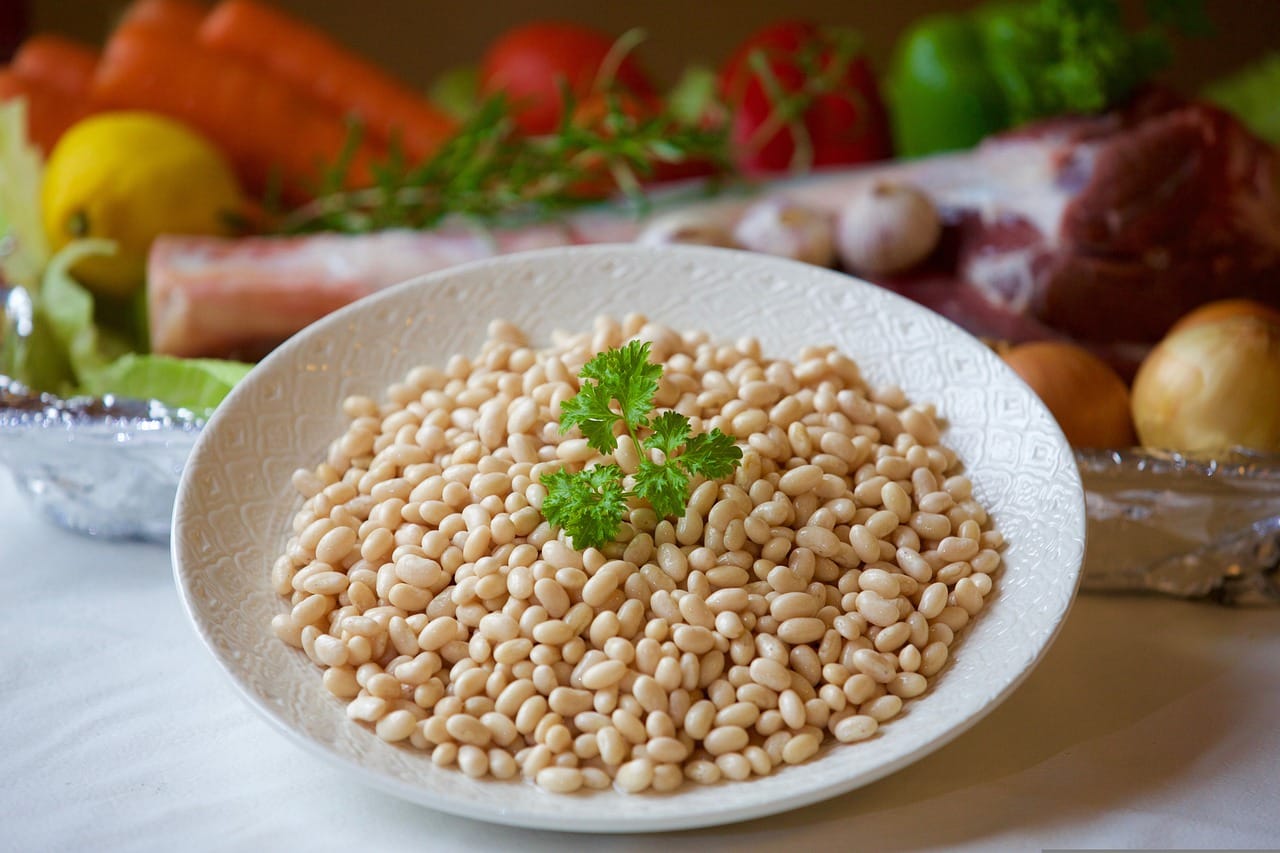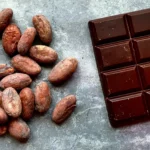While visually similar, cannellini and great northern beans offer distinct culinary experiences, demanding a closer look at their unique flavors and textures. Let’s explore the subtle characteristics that set these white bean varieties apart.
Cannellini vs. Great Northern Beans: Deciphering the Differences
Imagine yourself in the grocery aisle, faced with these two seemingly identical white beans. Fear not! Here’s a handy guide to help you distinguish between them and choose the ideal bean for your culinary creations.
Appearance: Size and Shape Matter
Cannellini Beans: These beans are the larger of the two, boasting an oval shape reminiscent of kidney beans. Their thicker skin means they hold their shape well during cooking.
Great Northern Beans: Smaller and rounder than cannellini beans, Great Northerns possess a thinner skin, which contributes to their melt-in-your-mouth texture in various dishes.
Texture: From Firm Bites to Creamy Delights
Cannellini Beans: Known for their firm texture, cannellini beans retain their shape remarkably well after cooking. This quality makes them ideal for salads, stews, or any dish where a satisfying bite is desired.
Great Northern Beans: These beans tend to soften considerably during cooking, lending a creamy texture to soups, dips, and purées.
Flavor: Subtle Nuances, Big Impact
Cannellini Beans: With a slightly bolder, nuttier, and earthier flavor profile than Great Northerns, cannellini beans make their presence known in dishes.
Great Northern Beans: These beans offer a milder, more delicate flavor, allowing them to blend seamlessly into a wider range of recipes without overpowering other ingredients.
Which White Bean Reigns Supreme?
So, you’re at a crossroads: cannellini or Great Northern? The answer depends on your culinary aspirations!
For Hearty Dishes: Choose cannellini beans when you desire a firmer texture and a more pronounced, earthy flavor.
For Creamy Delights: Opt for Great Northern beans when a smoother texture and a milder, more versatile flavor are desired.
Nutritional Knockout: A Closer Look
Both cannellini and Great Northern beans are nutritional powerhouses, brimming with protein, fiber, and essential nutrients. However, Great Northern beans hold a slight edge in the fiber department, delivering approximately 7 grams per serving compared to cannellini beans’ 5 grams (based on USDA data).
Unveiling the Truth: Are Cannellini Beans and White Kidney Beans the Same?
Yes! Cannellini beans and white kidney beans are one and the same—simply two different names for this beloved legume. “Cannellini” is the Italian name, referencing its kidney-like shape.
Beyond the Basics: Exploring Other White Bean Varieties
While cannellini and Great Northern beans often steal the spotlight, other white bean varieties offer unique flavors and textures to elevate your culinary creations:
Navy Beans: These small, mild beans are a fantastic source of folate—especially important during pregnancy.
Chickpeas (Garbanzo Beans): Packed with protein, fiber, iron, and magnesium, chickpeas are incredibly versatile and can be enjoyed in various dishes, from hummus to salads.
From Soup to Salads: Culinary Applications
Unlocking the perfect bean for your dish hinges on understanding the subtle interplay of size, shape, and cooking properties of cannellini and great northern beans. Here’s a glimpse into their culinary prowess:
Cannellini Beans:
Salads: Their firm texture and robust flavor make them a welcome addition to salads, providing substance and a delightful contrast in textures.
Pasta E Fagioli: This classic Italian soup features cannellini beans, embracing their ability to hold their shape during cooking.
Dips: Cannellini beans can be blended into flavorful dips, offering a slightly coarser texture than Great Northerns.
Great Northern Beans:
Creamy Soups: Great Northern beans readily break down during cooking, creating a luxuriously smooth texture in soups.
Stews: Their mild flavor won’t overpower other ingredients, blending harmoniously in hearty stews.
Purees: Their tendency to soften significantly makes them ideal for pureeing into dips, spreads, or even as a thickener for sauces.
Tips for Cooking Cannellini and Great Northern Beans
Dried Beans: Soaking dried beans before cooking is generally recommended. Soaking times may vary; refer to package instructions.
Canned Beans: Canned beans are pre-cooked and require only a quick rinse before use.
No matter your choice—cannellini or Great Northern—you’re in for a treat. This guide provides you with the knowledge to confidently navigate the world of white beans and elevate your culinary creations.
Pro Tip: Elevate your next camping adventure with perfectly brewed coffee using a campfire coffee percolator. Or, dive into a culinary tradition with our delectable Feast of the Seven Fishes Menu.
- Unlock Elemental 2 Secrets: Actionable Insights Now - April 2, 2025
- Lot’s Wife’s Name: Unveiling the Mystery of Sodom’s Fall - April 2, 2025
- Photocell Sensors: A Complete Guide for Selection and Implementation - April 2, 2025

















1 thought on “Cannellini Beans vs. Great Northern Beans: Unmasking the Subtle Differences”
Comments are closed.